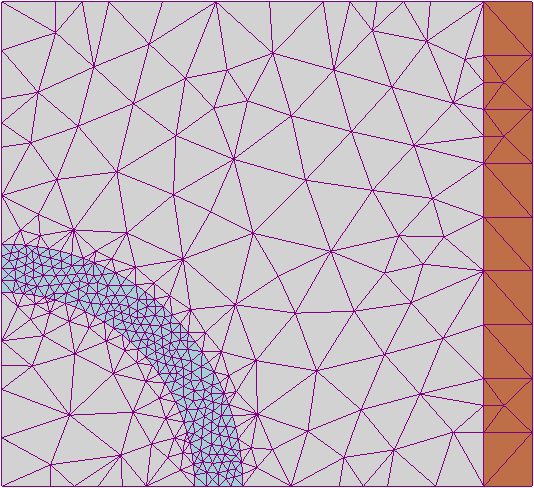Fea_pather
Automotive
- Apr 1, 2025
- 2
Hello community,
I am trying to use XFEM for my Fracture simulations in ABAQUS. I find it difficult to grasp at first glance. Can anyone please explain XFEM in simpler words for me?
Can I use XFEM in place of VCCT or the Cohesive approach? Under what cases can I use XFEM?
I am trying to use XFEM for my Fracture simulations in ABAQUS. I find it difficult to grasp at first glance. Can anyone please explain XFEM in simpler words for me?
Can I use XFEM in place of VCCT or the Cohesive approach? Under what cases can I use XFEM?


